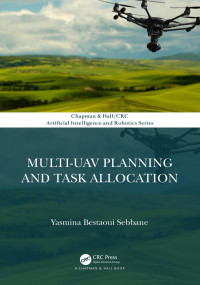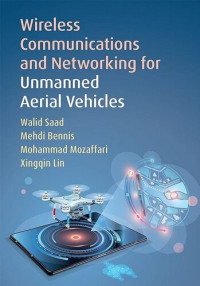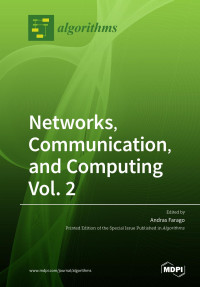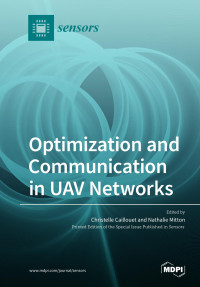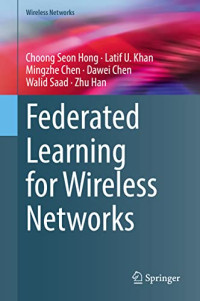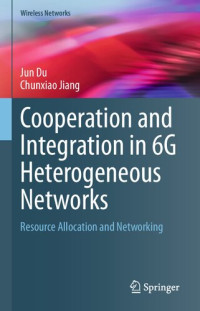
Flying Ad Hoc Networks: Cooperative Networking and Resource Allocation (Wireless Networks)
Jingjing Wang, Chunxiao Jiang
Relying on unmanned autonomous flight control programs, unmanned aerial vehicles (UAVs) equipped with radio communication devices have been actively developed around the world. Given their low cost, flexible maneuvering and unmanned operation, UAVs have been widely used in both civilian operations and military missions, including environmental monitoring, emergency communications, express distribution, even military surveillance and attacks, for example. Given that a range of standards and protocols used in terrestrial wireless networks are not applicable to UAV networks, and that some practical constraints such as battery power and no-fly zone hinder the maneuverability capability of a single UAV, we need to explore advanced communication and networking theories and methods for the sake of supporting future ultra-reliable and low-latency applications. Typically, the full potential of UAV network’s functionalities can be tapped with the aid of the cooperation of multiple drones relying on their ad hoc networking, in-network communications and coordinated control. Furthermore, some swarm intelligence models and algorithms conceived for dynamic negotiation, path programming, formation flight and task assignment of multiple cooperative drones are also beneficial in terms of extending UAV’s functionalities and coverage, as well as of increasing their efficiency. We call the networking and cooperation of multiple drones as the terminology ‘flying ad hoc network (FANET)’, and there indeed are numerous new challenges to be overcome before the idespread of so-called heterogeneous FANETs. In this book, we examine a range of technical issues in FANETs, from physical-layer channel modeling to MAC-layer resource allocation, while also introducing readers to UAV aided mobile edge computing techniques.
Categories:
Year:
2022
Publisher:
Springer
Language:
english
Pages:
297
ISBN 10:
9811688494
ISBN 13:
9789811688492
File:
PDF, 16.33 MB
IPFS:
,
english, 2022
 Amazon
Amazon  Barnes & Noble
Barnes & Noble  Bookshop.org
Bookshop.org  File converter
File converter More search results
More search results More benefits
More benefits 





